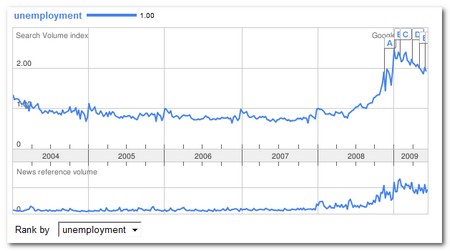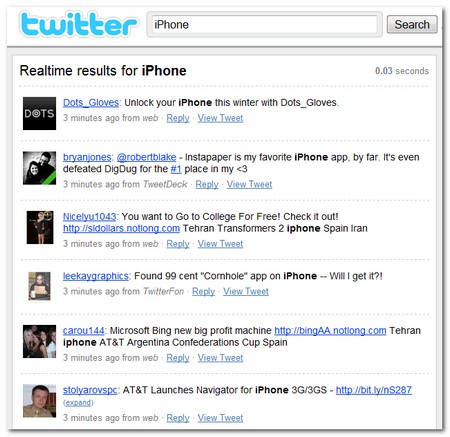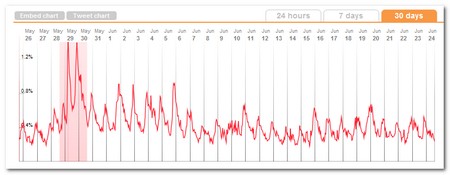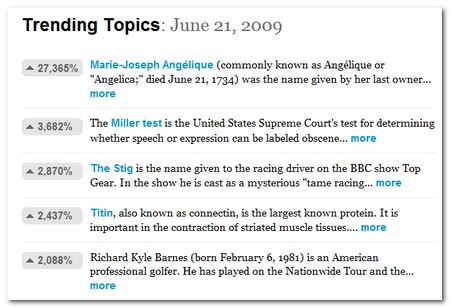
When we launch SEO projects, we've often got one eye on the future.
We start with a site that ranks nowhere, then we build links and optimize with the expectation that a few months from now, we'll start getting rankings, and traffic. Are the keyword terms we rank for going to be worthwhile over time? Will search volumes in our niche increase? Will they decrease? Are there more lucrative niches we could target instead? What will our market be interested in this time next year? Where is our market moving?
Given that search engine ranking has a long lead time, it pays to think about keyword trends well ahead of time.
The problem with the future is that it is difficult to predict. However, spotting trends is somewhat easier, and gives us an insight into how our niche is likely to develop. Trends typically follow a gradual, predictable pattern.
Let's take a look at a few tools you can use to help spot long term keyword trends.
Trend Spotting Tools
Google Trends is a useful tool for predicting rising interest in keyword areas. Search on your keyword terms, and see if interest in your niche is rising or falling. Ideally, you want to find keyword areas that show an increasing level of interest, or areas where there is significant, steady interest over time.

Likewise, Google Insights For Search allows you to drill down into the data in a variety of ways, including by date, by region, by category and by source. The related terms section is particularly useful for getting new keyword ideas, and analyzing trends. Click the RSS icon at the bottom, and you can keep up to date with this information in your RSS Reader. I use Google's Reader.

Twitter Search is a good tool for trend spotting. Possibly the most useful aspect of Twitter, as far as the SEO is concerned, is the ease of which you can spot keyword trends in terms of everyday usage. Search for your keyword term and make a note of the words people use in conjunction with your keyword terms. In what context does your keyword appear? Integrate these words into your copy.

Also check out Twist which shows keyword trends in Twitter over time, although it is limited to the last 30 days.

Both Microsoft Ad Intelligence and Google Adwords provide seasonal trends, which is especially useful for looking at interest patterns linked to the time of year, an obvious example being gift buying at Christmas.
Paid research tools, such as Keyword Discovery, provide historical data. Also check outCompete.com and WikiRank. WikiRank shows you what people are reading on Wikipedia. It’s based on the actual usage data from the Wikipedia servers, and provides trending data.

Microsoft Bing (I can't type that name without thinking of "Friends") provides XRank, a service that gathers related trend information and presents it on the same page, although the keyword terms it shows any results for seem to be rather limited.

So the takeaway point is to look at both keyword usage volumes and keyword trends over time.
Determine your bread-and-butter terms i.e. the terms that show constant levels of traffic and construct your link building strategy around these terms. Also look at the the emerging terms in your niche i.e. the terms with a rapidly climbing trend graph. Use this trend information as a suggestion list for new article topics. Watch your stats and look for rising areas of interest. Also try looking at keyword research from the opposite direction. Spot a rising trend, then make a list of keywords suggested by that trend.






0 Comments